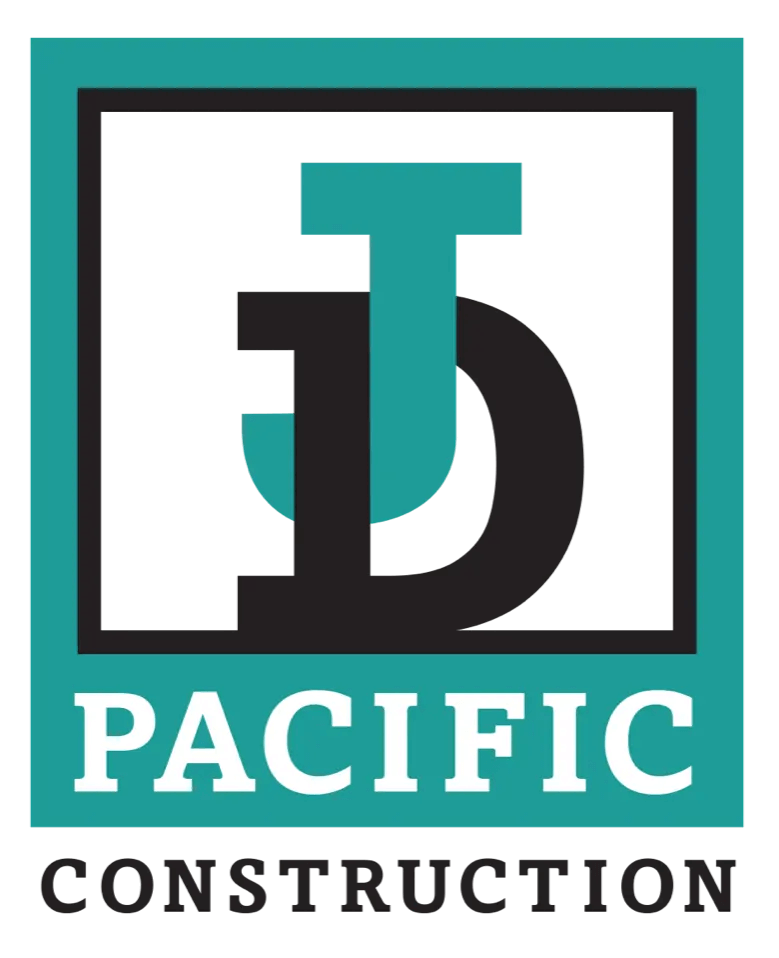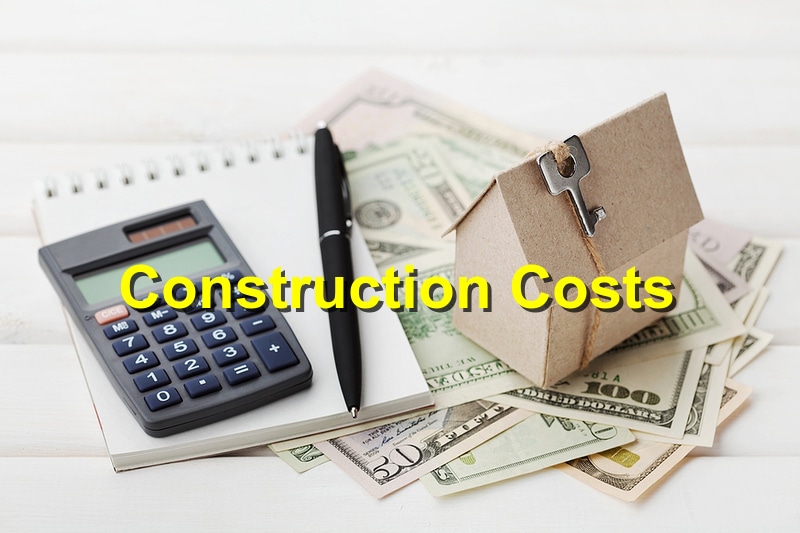The cost of commercial construction in 2025 is influenced by numerous factors, from material prices and labor costs to regulatory requirements and technological advancements. As the construction industry evolves, business owners, developers, and contractors need a clear understanding of what drives costs to effectively plan and manage budgets.
This article provides insights into the main cost components of commercial construction, highlighting trends, challenges, and strategies to help keep projects on track financially.
1. Key Cost Components in Commercial Construction
1.1 Material Costs
Material prices can significantly impact construction budgets, with 2025 showing continued volatility:
- Common materials, such as steel, concrete, lumber, and glass, remain susceptible to global market changes.
- Specialty materials, like sustainable products, can increase upfront costs but reduce long-term expenses.
- Supply chain disruptions and transportation costs also affect material availability and pricing.
Pro Tip: Bulk purchasing, establishing long-term supplier relationships, and considering local materials can help control costs.
1.2 Labor Costs
The construction labor market continues to face challenges, including:
- Skilled labor shortages leading to higher wages and competition for talent.
- Increased demand for specialized skills, such as technology integration and green building techniques.
- Regulatory changes affecting wages, benefits, and safety requirements.
Investing in training programs and considering automation can help mitigate labor-related expenses.
1.3 Equipment and Technology
Modern construction relies on advanced tools and technology, which contribute to project costs:
- Heavy machinery rentals, maintenance, and fuel expenses.
- Technology investments, including Building Information Modeling (BIM), drones, and construction management software.
- Costs associated with implementing smart technology in commercial spaces, such as IoT devices and automation systems.
Budgeting for technology can lead to efficiency gains and long-term savings.
2. Factors Affecting Commercial Construction Costs in 2025
2.1 Economic and Market Conditions
Economic stability and market trends influence construction pricing:
- Inflation impacts material and labor costs, with global events playing a significant role.
- Interest rates affect financing costs for large-scale projects.
- Real estate market demands drive construction priorities, from office spaces to industrial facilities.
2.2 Regulatory and Compliance Costs
Adhering to regulations is essential but can increase costs:
- Building codes, zoning laws, and safety standards may require design adjustments and additional materials.
- Environmental regulations push for sustainable practices, sometimes adding to initial expenses.
- Permits and inspections contribute to project timelines and budget requirements.
Staying informed about local regulations can prevent costly surprises.
2.3 Project Scope and Complexity
The nature of the project directly affects budgeting:
- Larger or more complex projects need more materials, labor, and time, driving up costs.
- Custom designs and unique architectural features add to construction complexity.
- Multi-phase projects may encounter additional expenses related to logistics and site management.
Thorough project planning and contingency budgeting are crucial.
3. Cost-Saving Strategies for Commercial Construction Projects
3.1 Pre-Construction Planning
Early-stage planning is key to managing costs:
- Conduct detailed cost estimates and feasibility studies.
- Develop a clear project scope and timeline to avoid scope creep.
- Engage stakeholders early to align expectations and reduce change orders.
3.2 Value Engineering
Value engineering involves finding cost-effective alternatives without compromising quality:
- Review material options to identify substitutions that offer similar performance at a lower cost.
- Analyze design choices to reduce unnecessary features.
- Optimize construction methods, such as modular construction or prefabrication, to save time and money.
3.3 Leveraging Technology
Technological tools help increase efficiency and reduce expenses:
- Use BIM to improve project planning, reduce errors, and streamline communication.
- Implement project management software to monitor budgets and track expenses in real-time.
- Consider automation and robotics to reduce labor costs and enhance productivity.
Smart use of technology can offset initial investments with long-term gains.
4. Managing Unexpected Costs
4.1 Building a Contingency Budget
Experts recommend setting aside 5-15% of the total budget for unexpected expenses:
- Prepare for material price fluctuations, labor shortages, and weather delays.
- Account for permit changes, design modifications, and additional compliance requirements.
- Monitor expenses continuously to identify potential issues early.
4.2 Flexible Contracting Options
Choose contracts that balance risk and reward, including:
- Fixed-price contracts to avoid budget overruns.
- Cost-plus contracts for projects with uncertain scopes.
- Incentive-based contracts to motivate contractors to meet budgets and deadlines.
Well-structured contracts can protect your investment and maintain financial stability.
5. Trends Impacting Commercial Construction Costs in 2025
5.1 Sustainability Initiatives
Green building practices often require higher initial investments but offer long-term savings:
- Energy-efficient designs lower operational costs.
- Sustainable materials contribute to lower maintenance needs.
- Regulatory incentives may offset green building costs.
5.2 Technology-Driven Efficiencies
Automation, AI, and data analytics contribute to cost management:
- Drones and robotics improve site management and reduce labor costs.
- Predictive analytics help identify budget risks early.
- Smart building technologies enhance facility management post-construction.
5.3 Economic Adaptations
Staying agile in response to economic shifts is critical:
- Monitor material markets to purchase strategically.
- Adjust project timelines to capitalize on seasonal cost variations.
- Develop flexible contracts to adapt to changing financial conditions.
Conclusion
Understanding the cost dynamics of commercial construction in 2025 involves balancing material and labor expenses, navigating regulatory requirements, and adapting to market trends. By implementing strategic planning, value engineering, and technology solutions, construction professionals can manage costs effectively and deliver successful projects.
Whether you’re planning a new commercial build or renovating an existing space, being well-informed about cost factors helps ensure financial stability and project success.
References: DocRx, OpusVi




